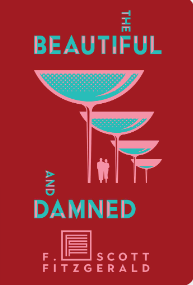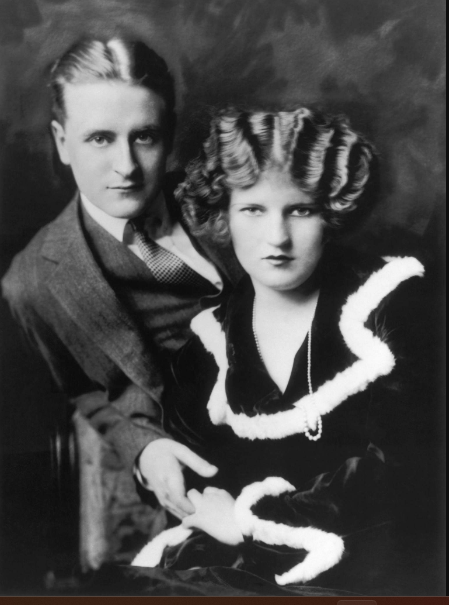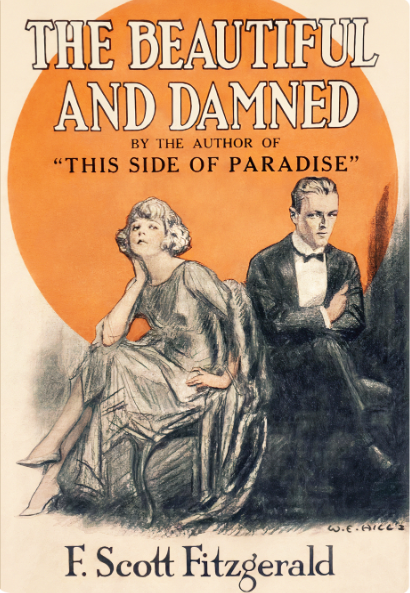Echoes of the Jazz Age: Short Story by F. Scott Fitzgerald
My rating: 4 of 5 stars

(Fitzgerald, 1931)
“The word jazz in its progress toward respectability has meant first sex, then dancing then music. It is associated with a state of nervous stimulation, not unlike that of big cities behind the lines of a war.”
This is Fitzgerald’s commentary and reminiscences about the carefree and decadent period he had named the “Jazz Age.” It was first published in Scribner’s magazine in 1931. In this essay he
“looks back to it with nostalgia. It bore him up, flattered him, and gave him more money than he had dreamed of, simply for telling people that he felt as they did, that something had to be done with all the nervous energy stored up and unexpended in the War.”
(Fitzgerald, 1931)
This ten-year period started in 1919 with the May Day Riots (which Fitzgerald dramatizes in his short story “May Day”) and ended in October 1929 with the Stock Market Crash.
It was an age of miracles, it was an age of art, it was an age of excess, and it was an age of satire.”
(Fitzgerald, 1931)
The advent of the Jazz Age had its beginnings before the war with an attitude of irony, as explained in this famous quote from “The Beautiful and Damned”
In 1913, when Anthony Patch was twenty-five, two years were already gone since irony, the Holy Ghost of this later day, had, theoretically at least, descended upon him.”
(Fitzgerald & W., 2020) p. 3
As far back as 1915, the car culture allowed unchaperoned youth the freedom to travel unchaperoned. This led to a new freedom for petting and kissing among the teenage crowd- among the wealthier classes. Not only were they petting and kissing, but drinking and gambling! Several stories, such as “The Beautiful and Damned”, “Head and Shoulders”, and “The Jelly Bean” depict a new youthful freedom among the wealthy young during the war years, and who can forget the hijinks of “Mr. In and Mr. Out” riding around NYC after their May Day extravaganza!
When the war was over the pent-up energy, an influx of soldiers looking for fun, easy credit, and the prevailing attitude of “irony” and disillusionment led to the explosion of the Jazz Age. Fitzgerald observed that was
when the wildest of all generations, the generation which had been adolescent during the confustion of the War, brusqely shouldered my contemporaries ut of the way and danced into the limelight”
(Fitzgerald, 1931)
According to Fitzgerald at first, there was a disconnect between the generations. During the start of Prohibition, the elders believed that the younger generation would never know the taste of liquor! Eventually, even the older crowd wanted to get in on the fun. Then, Fitzgerald says, “With a whoop, the orgy began.” (Fitzgerald, 1931)
Keeping up with the “Let’s go!” attitude became tedious and hazardous to maintain. Along with health and money woes, several contemporaries disappeared “into the dark maw of violence.” (Fitzgerald, 1931) He then catalogs several murders and suicides that occurred to friends and acquaintances not during the Depression but during the “age of miracles”, the Jazz Age!

I suggest this as an accompaniment to Fitzgerald’s work as it explains his mindset while writing his most famous works. Fitzgerald explores the changing moods of the Jazz Age, from its hedonistic and wild start to its tiresome Middle Age and lugubrious end.
And yet he laments,
(Fitzgerald, 1931)
“it all seems rosy and romantic to us who were young then, because we will never feel quite so intensley about our surroundings any more.”
That is a sad observation from a 35-year-old looking back on his “wasted youth”!
Fitzgerald, F. S. (1931). Echoes of the Jazz Age. Scribner’s Magazine, 90(5).
Fitzgerald, F. S., & W., W. J. L. (2020). The beautiful and damned. Scribner.




